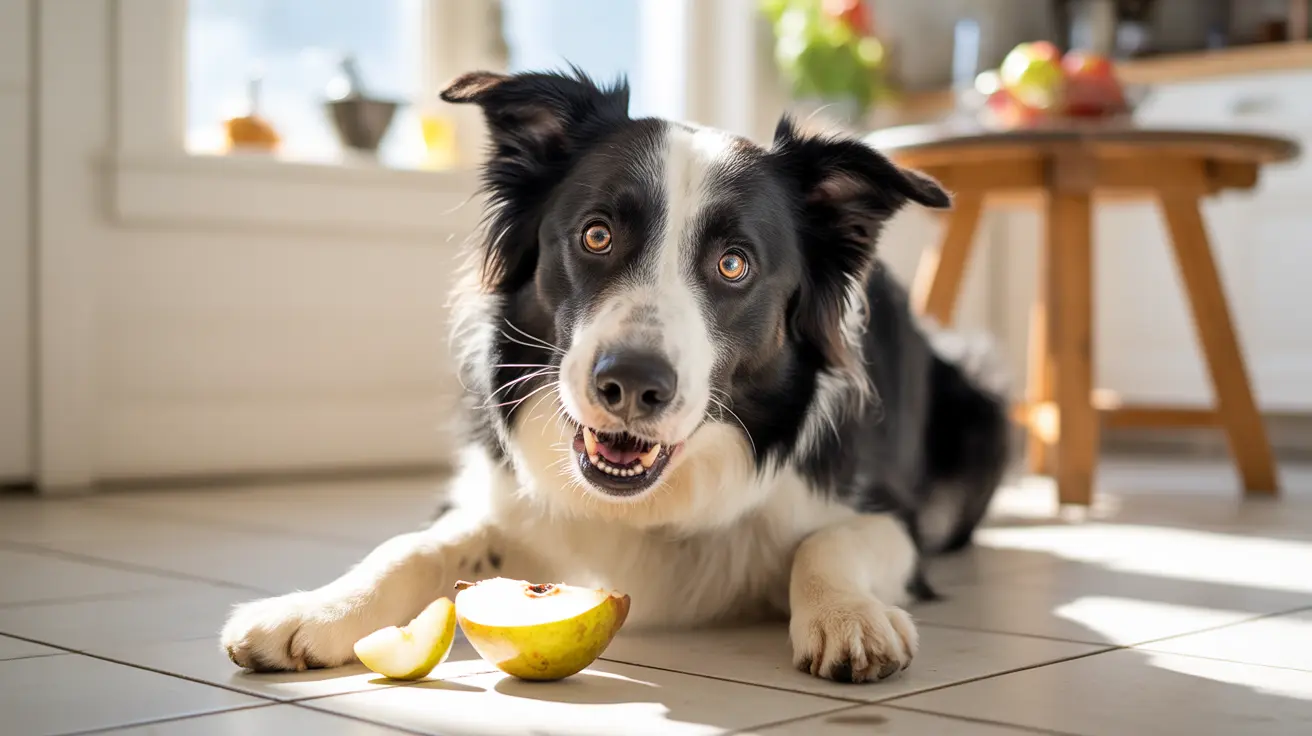Can Dogs Eat Mango? A Detailed Guide for Pet Owners
If you’ve ever enjoyed a juicy mango and wondered if your dog could share a bite, you’re not alone. Many pet owners want to offer their furry friends a taste of their favorite fruits. The good news is, dogs can safely eat ripe mango flesh in moderation. But there are important steps and precautions to follow to keep your pet healthy.
Why Mango Can Be Good for Dogs
Mangoes aren’t just delicious—they’re packed with nutrients that can support your dog’s health. The fruit is high in fiber and contains vitamins like vitamin A, B6, C, and E. It also provides potassium, magnesium, and antioxidants such as beta-carotene. These nutrients play roles in:
- Supporting digestion
- Boosting the immune system
- Promoting healthy skin and coat
- Maintaining good eyesight
The sweet, soft flesh of mango often appeals to dogs, making it a popular occasional treat.
How to Prepare Mango for Your Dog
Before offering mango to your dog, preparation is key. Here’s how to do it safely:
- Wash the mango thoroughly.
- Peel off the skin. While not toxic, mango skin can be tough to digest and may cause digestive upset or rare allergic reactions.
- Remove the pit completely. The large seed poses a choking hazard—especially for small or medium dogs—and could cause an intestinal blockage if swallowed. Mango pits also contain small amounts of cyanogenic compounds (which can produce cyanide), but toxicity is unlikely unless several pits are consumed.
- Cut the flesh into bite-sized pieces, appropriate for your dog’s size.
Start by offering a small piece and watch for any reactions before giving more.
How Much Mango Can Dogs Eat?
Mango should only be an occasional treat, making up no more than 10% of your dog’s daily calories. Too much fruit can cause digestive upset—think diarrhea or vomiting—due to its fiber and sugar content. Because mango is high in sugar, it isn’t suitable for dogs with diabetes, obesity, or sensitive digestion unless your vet gives the go-ahead.
- Extra-small dogs (2–20 lbs): 1–2 small pieces
- Small dogs (21–30 lbs): 2–3 pieces
- Medium dogs (31–50 lbs): 5–6 pieces
- Large dogs (51–90 lbs): a handful of pieces
- Extra-large dogs (91+ lbs): a large handful
Dangers: What Parts of Mango Should Dogs Avoid?
- The pit/seed must always be removed. It’s a choking risk and could block the intestines if swallowed whole or chewed up.
- The skin is best avoided. It can be tough on digestion and rarely triggers allergies.
If you suspect your dog has swallowed a pit or shows signs of digestive distress—vomiting, diarrhea, constipation, abdominal pain, lethargy, loss of appetite, or bloating—seek veterinary help right away.
Mango Serving Tips & Variations
- Mango can be served fresh or frozen as a cooling summer snack.
- Dried mango is okay if homemade without sugar or preservatives—but only in tiny amounts due to concentrated sugars.
- Avoid commercial dried or canned mango with added sugars or preservatives; these aren’t safe for pets.
A Step-by-Step Guide: Preparing Mango for Your Dog
- Wash the fruit well under running water.
- Peel away all skin from the flesh.
- Pit the mango completely; keep seeds out of reach from curious pups.
- Cubed or sliced flesh works best—choose sizes suited to your dog's breed and jaw strength.
If it’s your dog’s first time trying mango, start with just one small piece and observe for any adverse reactions over several hours.
Cautions & Special Cases: When Not to Feed Mango
- If your dog has diabetes, pancreatitis, or other chronic health conditions—talk with your vet before introducing new foods like mango.
- Pups with histories of gastrointestinal upset or allergies may need extra caution; monitor them closely after any new treat.
The Bottom Line: Is Mango Safe for Dogs?
Mango flesh—peeled, pitted, cut into safe portions—is a nutritious treat most dogs enjoy on occasion. Just remember: moderation matters. Never feed the pit or skin. If you’re unsure about portion sizes or have concerns about your pet’s health conditions, consult your veterinarian first. With these simple precautions in place, sharing this tropical fruit can add variety—and maybe even some tail wags—to snack time!





